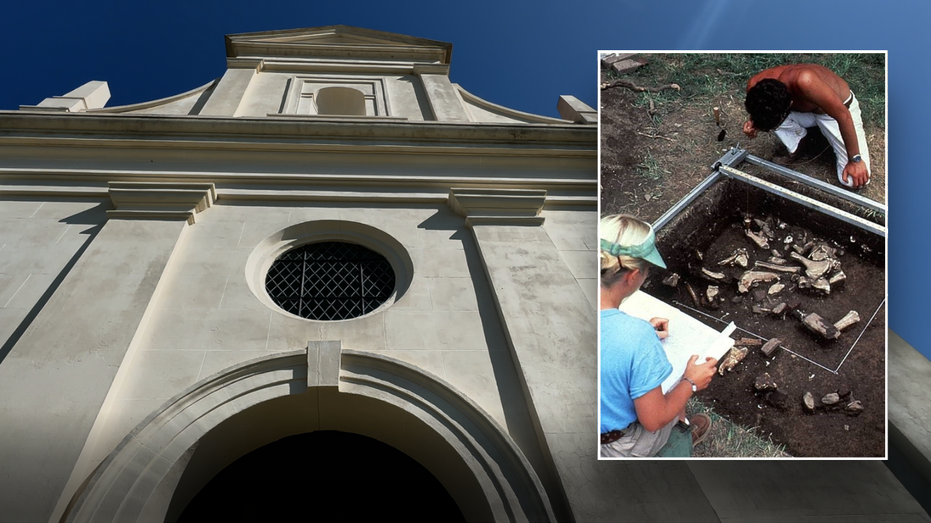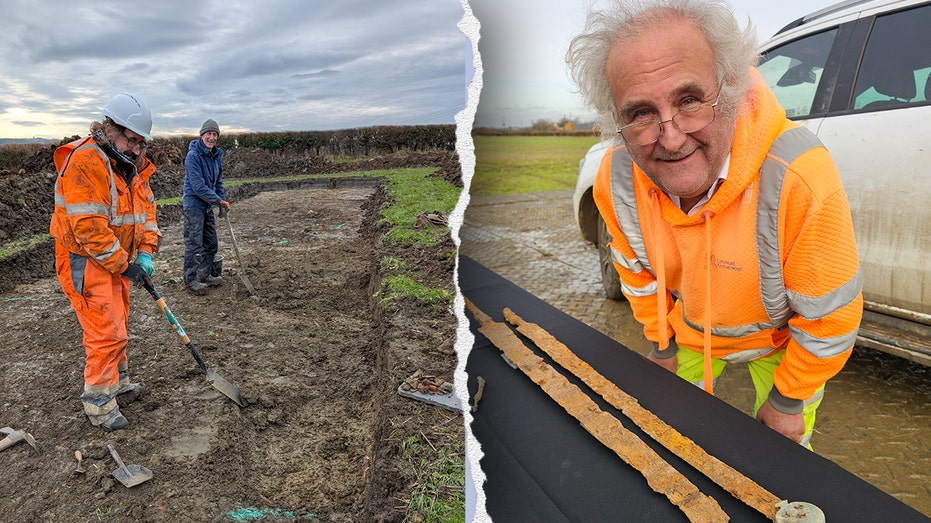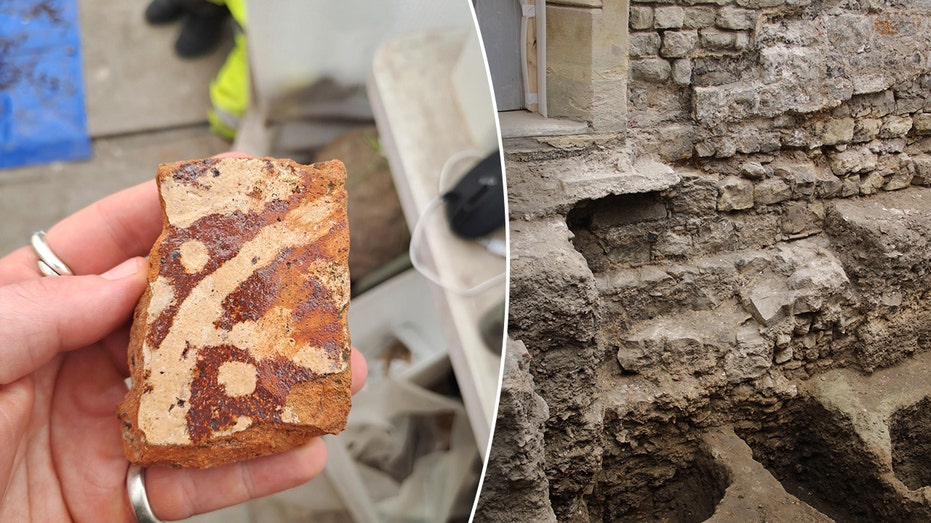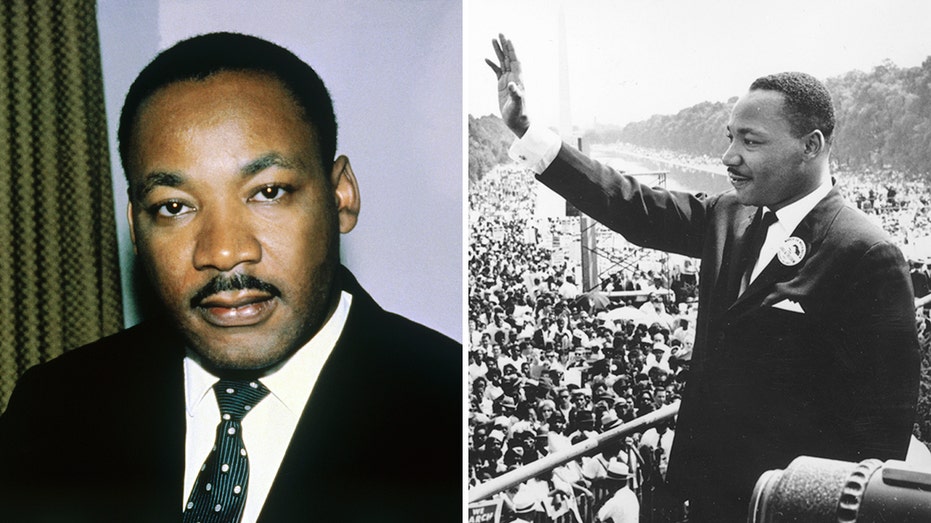Maryland’s Brick Chapel Reopens After 320 Years, Showcasing Roots of Religious Freedom

Sarah Johnson
April 21, 2025
Brief
Maryland’s historic Brick Chapel, originally built in 1667 and a symbol of American religious liberty, has reopened as a museum after decades of research and reconstruction.
After more than three centuries out of the public eye, Maryland’s Brick Chapel is finally open to visitors—offering a rare look at the birthplace of American religious liberty.
The reconstructed Brick Chapel, originally built in 1667 in what is now Historic St. Mary’s City, welcomed its first modern visitors on April 12. This site, nestled off the western shore of Chesapeake Bay, was a cornerstone for Maryland’s Catholic community until it was locked up tight by a Protestant governor in 1704. The sheriff took the key and, in a move that can only be described as petty, never let anyone worship there again.
The original church’s story is a wild rollercoaster of faith, fire, and politics. The first wooden chapel (built in 1645) was destroyed during a raid by English Parliament forces. But by the 1660s, Maryland’s policy of religious tolerance—led by Lord Baltimore—allowed Catholics to build the Brick Chapel, the first major brick building in the colony. Back then, laws basically forbade Catholic churches anywhere else in English America, making this chapel a real architectural and cultural outlier.
For decades, the Brick Chapel served as the heart of Catholic life in Maryland. That all changed when the winds of religious tolerance died down and the building was shut, demolished, and nearly erased from history. It wasn’t until 1938 that a cross-shaped brick foundation was spotted by an architectural historian, setting off decades of archaeological detective work. Since 1988, researchers have pieced together the chapel’s story from old records, fragments, and some very stubborn bricks.
The modern reconstruction, completed between 2004 and 2009, is more than just a pretty face. Its interior is a painstakingly accurate recreation of a 17th-century Catholic church, right down to the art and artifacts typical of Jesuit communities. Original features are still visible—visitors can view some of the ancient brickwork, the original tabernacle, and even peer down at 17th-century lead coffins through a glass floor. Apparently, the Jesuits were early recycling enthusiasts, carting off anything reusable when the chapel was first decommissioned. Talk about leaving no stone—or pew—unturned.
The graves are just as much a part of the story. With up to 70 burials inside the chapel and hundreds more outside, the site holds Maryland’s largest 17th-century cemetery. The grave distribution even helped researchers figure out where the altar once stood.
What’s notably missing? Pews. Unlike the wooden-bench-packed Protestant churches you might picture, colonial-era Catholic worshippers stood or knelt. As one historian quipped, "Catholic sermons were probably considerably shorter." Honestly, my legs are grateful for that historical fact.
Today, the Brick Chapel isn’t used for worship, but serves as a museum exhibit and a symbol of the struggle for religious freedom. Walk inside, and you’re stepping straight into colonial Maryland, with hidden displays tucked away until you’re right on top of them. After 37 years of research and reconstruction, the team behind the project is finally able to share this American story with the public.
In the words of historian Henry Miller, the Brick Chapel could never have been built anywhere else in the English-speaking world at that time. Now it stands as a testament to the seeds of faith and freedom planted centuries ago—proof that sometimes, history gets a second act.
Topics
Editor's Comments
The Brick Chapel reopening is a reminder that even the most locked-up secrets can’t stay buried forever—especially when there’s a quirky blend of religious freedom, political drama, and some hardcore colonial recycling involved. Leave it to Maryland to pull off a comeback over 300 years in the making. If only all historical grievances could be solved with a new coat of paint and a glass floor over some ancient coffins!
Like this article? Share it with your friends!
If you find this article interesting, feel free to share it with your friends!
Thank you for your support! Sharing is the greatest encouragement for us.



